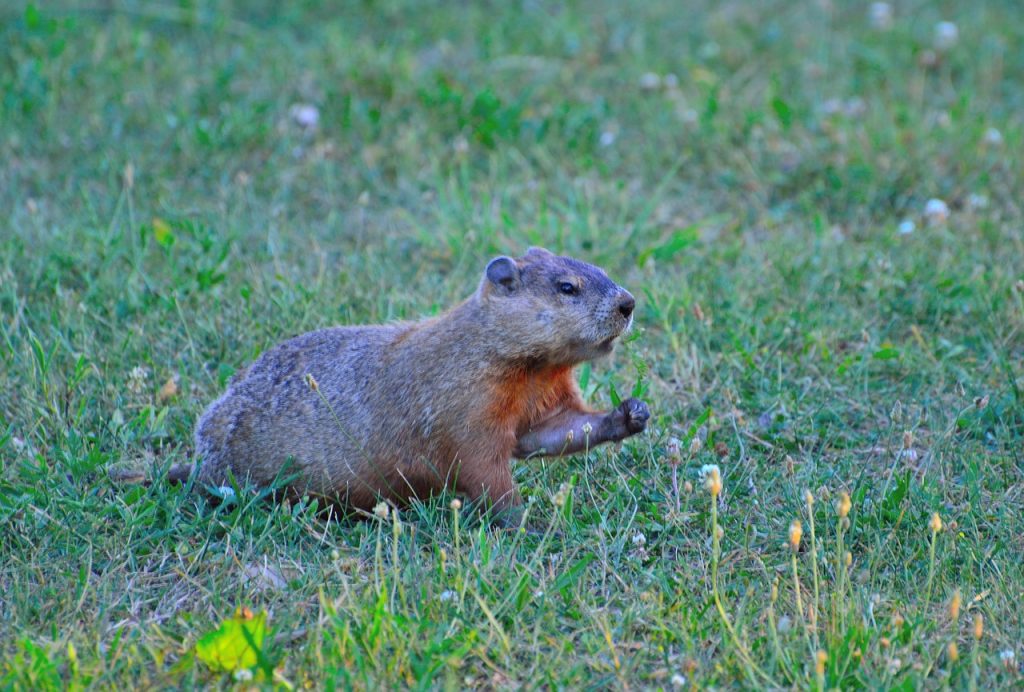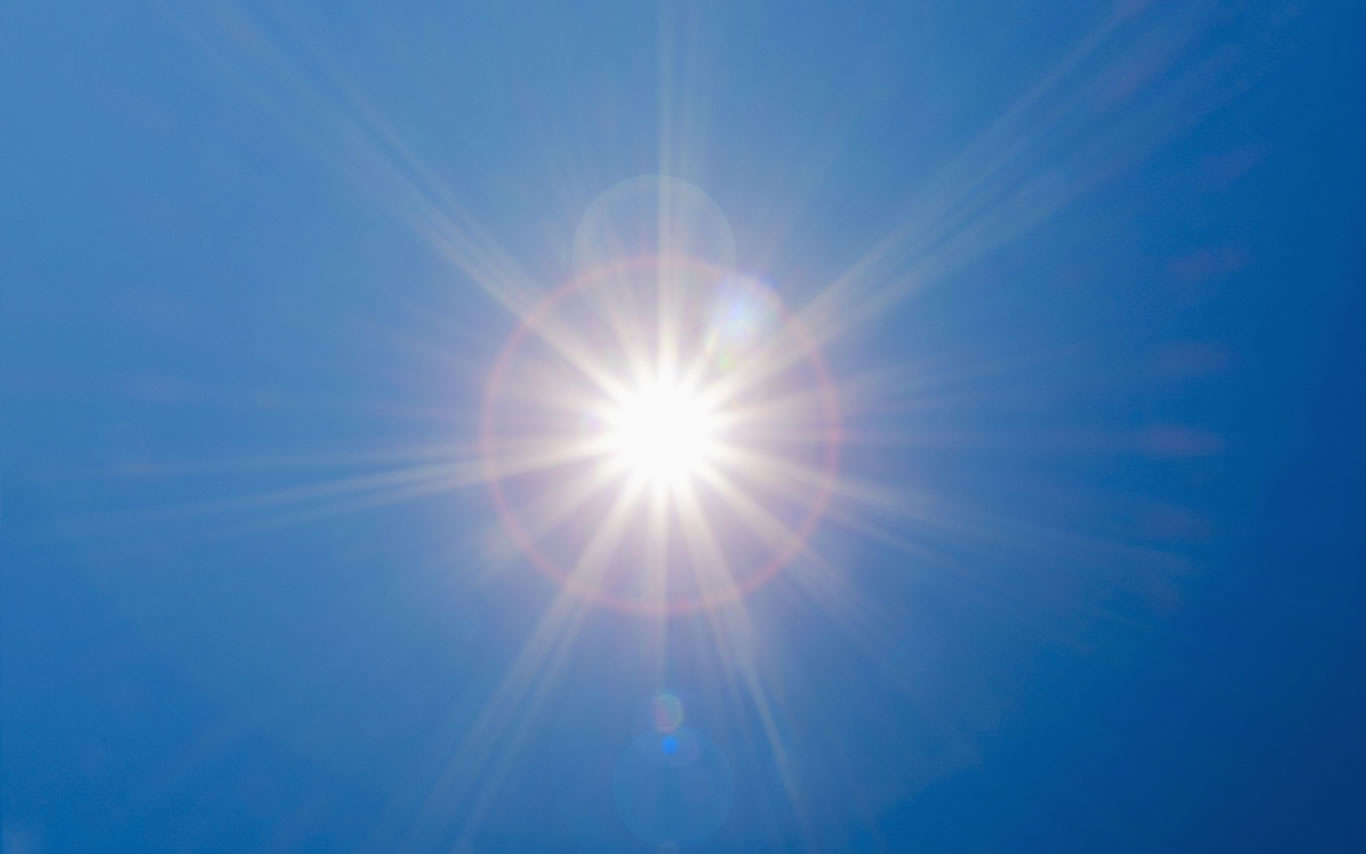Today is Groundhog Day.
Despite it being a celebrated occasion every year in the U.S. and Canada, many of us haven’t the foggiest idea what it’s all about. Just why do furry rodents pop out of the ground to predict weather?
So here are some frequently asked questions to the world’s most misunderstood meteorologists.
What the eff is Groundhog Day anyway?
Groundhog Day is a traditional holiday celebrated every February 2, and though its origins are debated, it’s generally assumed that it began as a German custom in Pennsylvania in the 18th and 19th centuries. It was adopted in the U.S in 1887, when the editor of the Punxsutawney Spirit promoted the town’s groundhog as the official “Groundhog Day meteorologist.”
Excusez-moi?
It’s also known to French Canadians as Jour de la Marmotte and Grundsaudaag or Murmeltiertag or Pennsylvania German.
How does it work?
If it’s cloudy when the groundhog emerges from its tree, spring will come early. If it is sunny, the groundhog will see its shadow, retreat back into its nest, and winter will persist for six more weeks. Early morning festivals are held to watch the groundhogs emerging from their burrows.

Wait. I have a confession. I don’t know what a groundhog is.
Basically, it’s a ground squirrel, belonging to the group known as marmots. The rodent is also known as a woodchuck, whistlepig, groundpig and thick wood Badger, so take your pick. They are well adapted for digging, prefer open country and edges of woodland, and can rarely be found far from a burrow entrance. They can be found in Canada and the U.S. as far north as Alaska (where presumably they predict that it will be cold year after year).
Are they accurate weather forecasters?
Well, yes and no. Groundhog Day organizers say it’s accurate 75 to 90 per cent of the time (they would say that, wouldn’t they?) A Canadian study in the Canadian Encyclopedia found that for 13 cities across 30 to 40 years, the weather predictions were only 37 per cent accurate for the time period. Other data questions Punxsutawney Phil’s credibility too, especially in recent years.
So, why do we pay attention to it?
Probably a combination of tradition and human willingness to believe we have some sort of hand in Mother Nature. No one really knows why, but the Bill Murray film of the same name in 1993 certainly didn’t do its popularity any harm.

Who are the stars of Canadian Groundhog Day?
Although Punxsutawney Phil is probably the best known woodchuck in the world, Canada have three of their own very influential rodents. Ontario has Wiarton Willie, an albino woodchuck, who this year called for six more weeks of winter. Nova Scotia’s Schubencadie Sam, the first of the groundhogs to wake this year, predicted an early spring. Sadly, Manitoba’s Winnipeg Willow died just days before Groundhog Day, so this year it was cancelled out of respect for the little guy.
Do these celebrity groundhogs love their jobs?
Well, not every groundhog is equal. While Shubenacadie Sam was reportedly anxious to greet fans this year, parading around the perimeter like he was at a movie premiere, some of his comrades appear less enthused. Last year, “Jimmy the Groundhog” of Wisconsin bit Mayor Jonathan Freund’s ear. But perhaps he was just better at predicting failed candidates, as three weeks later Freund came last in the mayoral primary election.
So, have they ever used another animal?
The origins in ancient European weather lore show a badger or bear as the prognosticator instead of a groundhog. Somehow Badger Day or Bear Day doesn’t have quite the same ring to it…

[ad_bb1]

